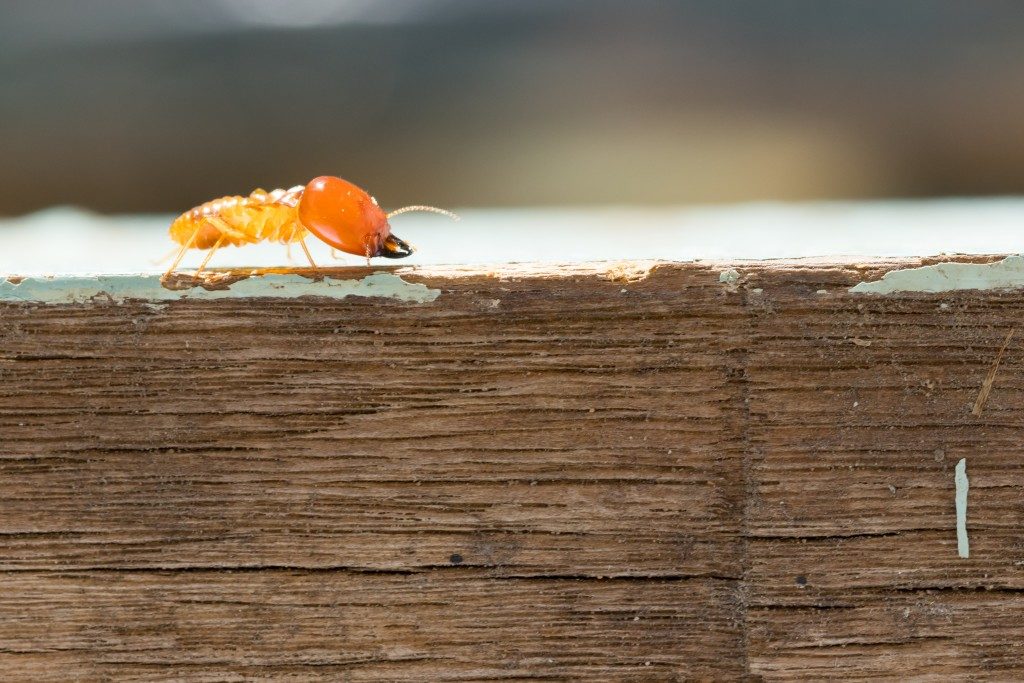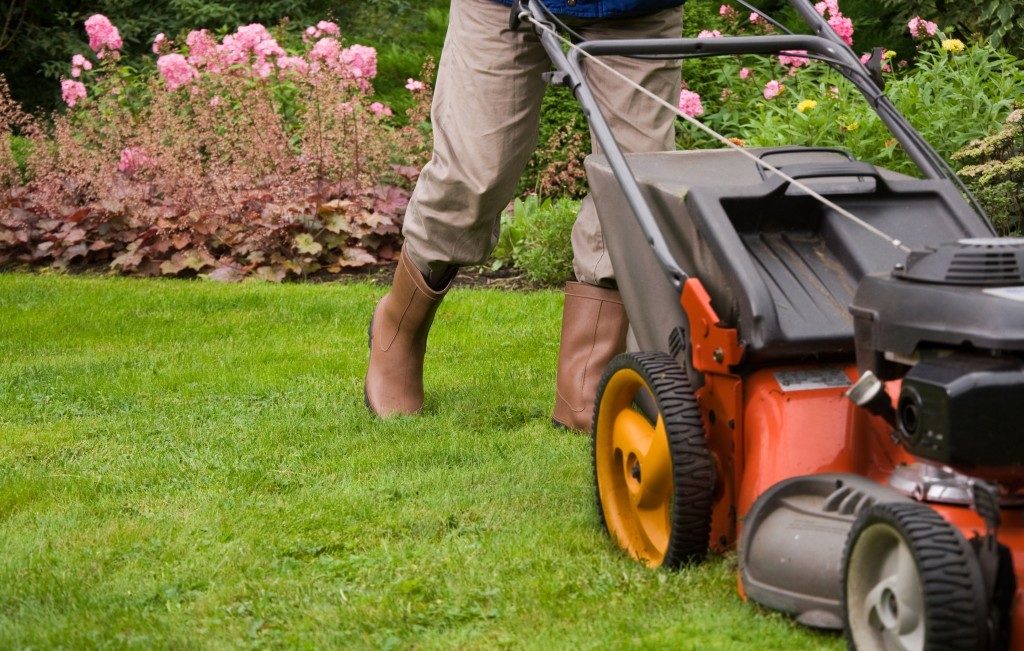One of the worst things that can happen to a healthy tree is an insect infestation. Such infestations damage landscape trees, sometimes so severely that they must then be removed and replaced. Thus, in this case, insects cause economic damage, the costs of which are largely borne by homeowners and local governments. The majority of insect damage in trees is caused by the following common tree pests:
Aphids
Aphids are perhaps the most common tree pest. They can survive in almost any zone. These tiny, soft-bodied insects can come in almost every color, ranging from brown to pink. They feed in clusters, sucking plant juices through their proboscis, and are usually seen on the undersides of leaves or young shoots and buds.
These insects secrete a sticky fluid called “honeydew” as they feed. If enough aphids are feeding on a tree, the honeydew will start dripping from the leaves, thereby attracting ants. These ants feed on the honeydew and protect the aphids. Aside from the presence of ants and from leaves dripping with sap, you’ll know that you have aphids if your leaves are misshapen, curling, stunted, or yellowing and your fruits are deformed and distorted.
Beetles
There are many types of beetles that can bore into tree bark, limbs, and even root systems. One such beetle is the conifer bark beetle. In large numbers, these small insects can quickly kill your trees. Generally, these brown to black pests attack weakened or stressed trees.
Healthy trees react to these insects by trapping them in sticky pitch, which will leave small white or reddish-brown pitch tubes on the bark. White pitch tubes mean that the tree has successfully repelled the beetle, while reddish-brown pitch tubes mean that the beetle has won against the tree. Other signs that a conifer bark beetle has infested your trees are leaves changing in color from green to brown and frass – a sawdust-like substance that the beetles and their larvae make as they eat through the bark – accumulating at the base of your trees.
Earwigs

Found throughout North America, earwigs are omnivorous insects that can grow up to an inch long. They are identifiable by curved pincers or forceps emerging from the tip of their abdomens. Earwigs are nocturnal and hide in cool, moist places during the day. At night, they feed on other pests such as aphids and mites, as well as decaying wood, plant material, fruit trees, ornamentals, and vegetables.
Having earwigs can be beneficial since they eat other insects, though you should be careful not to let them turn their attention to your plants and trees. When your plants’ leaves have a tattered appearance and the fruits have irregularly shaped holes, you may have earwigs.
Getting Rid of These Insects
An infestation can lead to your tree’s death, which is why, once you spot these pests on your trees, you should move quickly to remove them. In Murray and elsewhere, tree spraying is the fastest way to achieve pest control. If you think your trees are being infested, call a professional to spray your tree.



